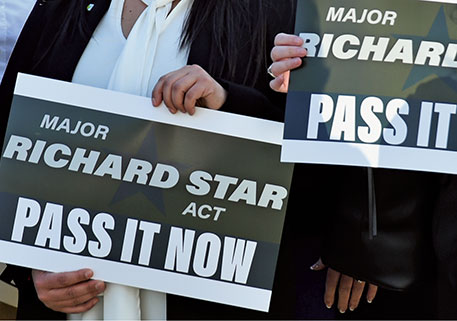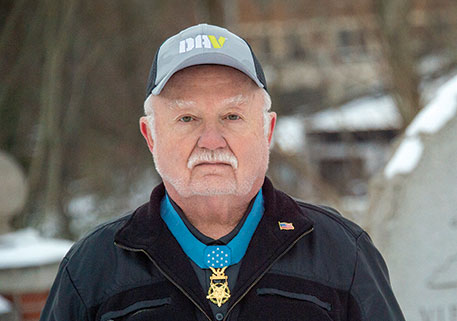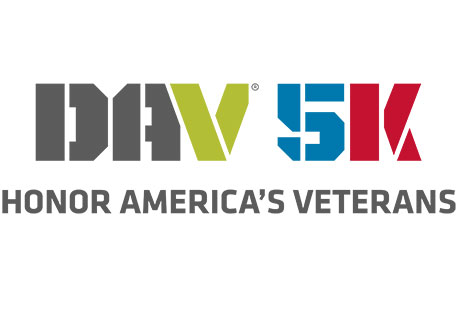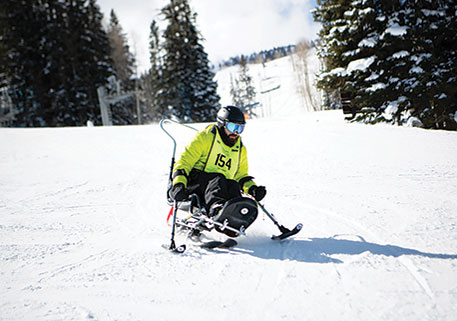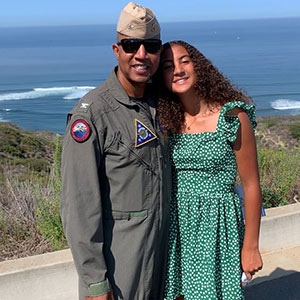
An estimated 200,000 people separate from the military each year. If you’re thinking about getting out, you likely have lots of questions about the best way to make a successful transition out of the military.
Whether your exit from the service is something you’ve been considering for a while or a more recent development, the military-to-civilian transition may come with mixed feelings: excitement, fear, anticipation and confusion.
This wide range of feelings and questions is understandable. As the reality of this decision starts to sink in, you’ll begin to realize all that goes into exiting the military. You’re going to be bombarded with information, solicited and unsolicited, good and bad. You may click around the Department of Veterans Affairs website and become completely overwhelmed by the acronyms and the myriad programs potentially available to you. You may have no idea where to start.
You’re not alone. For many, separating or retiring from the military is a challenging adjustment. In a 2019 survey by Pew Research Center, 47% of post-9/11 veterans said they had a somewhat or very difficult transition back to civilian life.
Fortunately, DAV is here to help. As you navigate this process, start by reading about some common military separation myths. Then visit benefitsquestions.org to get in contact with a DAV benefits advocate to help make your transition much smoother.
MYTH: Getting out of the military is a DIY process.
Transitioning from military service to the civilian world is not like changing the oil in your car or putting together a flat-packed coffee table.
Each person’s transition is different, and there’s no clear step-by-step, do-it-yourself guide to getting out.
Alan Worthy, who was preparing to retire from the Navy a little over a year ago, discovered this reality as soon as he started browsing the VA website.
“Reading the VA website is great, but it’s impossible to figure everything out,” said Worthy, who found the sheer amount of information overwhelming.
Fortunately, he said he had a strong network of friends who had recently retired. They were able to share their experiences with him. Several of them also pointed him to Jonna Barker, one of DAV’s benefits advocates who specializes in assisting transitioning service members.
Barker and other DAV transition service officers—benefits experts located on military installations—are experienced with the ins and outs of the VA benefits process and can guide and assist people through it. This assistance is free.
Worthy said working with Barker was calming, leveling and comforting.
“There’s no way I would have gotten through my retirement package stuff without her,” he said.
“I knew I was going to mess things up, and I knew I was going to miss things. And she was like, ‘You might, but I’ll catch it.’”
DAV benefits advocates help service members and veterans navigate the ins and outs of the Veterans Benefits Administration. VBA is where you get your VA benefits from—including health, education, housing and employment.
MYTH: TAP is all you need.
The Transition Assistance Program (TAP) is a Department of Defense-mandated requirement for all service members leaving the military. But with so much information packed into a condensed timeline, it’s like trying to drink from a firehose; you’re not going to retain it all.
Additionally, what’s presented during TAP classes may vary from location to location. Veterans groups (including DAV) aren’t typically invited to share during these classes, which may inhibit understanding the role of benefits advocates in the transition process.
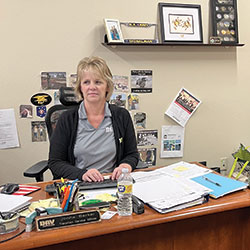
Barker, who’s been helping service members stationed in Southern California transition from the military for about seven years, said that TAP classes also don’t adequately explain what goes into filing a VA claim. If she could share for just 30 minutes, she said, she could help people be more prepared when it’s time to file their VA paperwork.
“Unfortunately, you can see it when they call in that they’re not that prepared,” she said.
What happens, Barker said, is many people on active duty come into her office at the last minute to try to navigate what can be a complicated VA claims process, rather than come to her six months or even a year out from their separation.
MYTH: You have plenty of time to take care of everything before you separate. What you don’t finish now can wait until you’re a civilian.
Jon Retzer, DAV’s assistant national service director, recommends having an initial conversation with a DAV benefits advocate up to a year before you plan on leaving the service. He said this gives you enough time to gather the documents you’ll need to take advantage of the VA’s Benefits Delivery at Discharge (BDD) program.
BDD is designed to determine eligibility while you’re still in the military, but it has strict timeline requirements. A DAV transition benefits advocate like Barker can help you meet those timelines.
When those dates hit—no more than 180 and no less than 90 days out from your separation date—DAV can file your BDD claim on your behalf. This process also allows you to make sure every concern you have about your health is addressed before getting out.
Barker said it’s important to ensure your medical records reflect all your injuries and illnesses and their treatments when you’re still on active duty.
Beyond the claims process, other programs, such as the DOD SkillBridge internship program for civilian employment, and abilities, such as transferring your education benefits, can only happen while you’re still on active duty.
Worthy, who had command of a unit while he was transitioning from the Navy himself, said he would regularly encourage those in his unit to take time from work to go talk with people and understand all the benefits and programs available before they made any final decisions. There does come a point in the transition process, he said, that it’s too late to change your mind, whether you’re prepared or not.
MYTH: Once you’re out of the military, you’re on your own.
Getting out of the military can feel like an isolating experience at times. The mission drives on without you as you navigate the next chapter of your life. But you are far from alone.
Benefits advocates are only one element of a broad range of services and assistance that DAV provides. DAV also provides employment services such as career fairs and the entrepreneurial program Patriot Boot Camp. And by becoming a member of DAV, you can connect with the veteran community in your area for camaraderie and advocacy or to volunteer to help other veterans.
Also, the VA rolled out a proactive veteran outreach program, VA Solid Start, where someone will check in with you three times in the first year of your transition to answer questions and provide benefits information.
Lastly, try to stay connected with those you’ve served with over the years, as Worthy did. He learned of DAV from a friend. He said the advice he got from his retired friends—including learning about DAV—helped him immensely. It’s information he said he’s been able to take and has passed to others who are starting their own transitions.
By giving yourself plenty of time to explore your resources and talk with DAV, you’ll be armed with the information and tools you need to make the right decisions for you and make your transition out of the military a smooth one.


